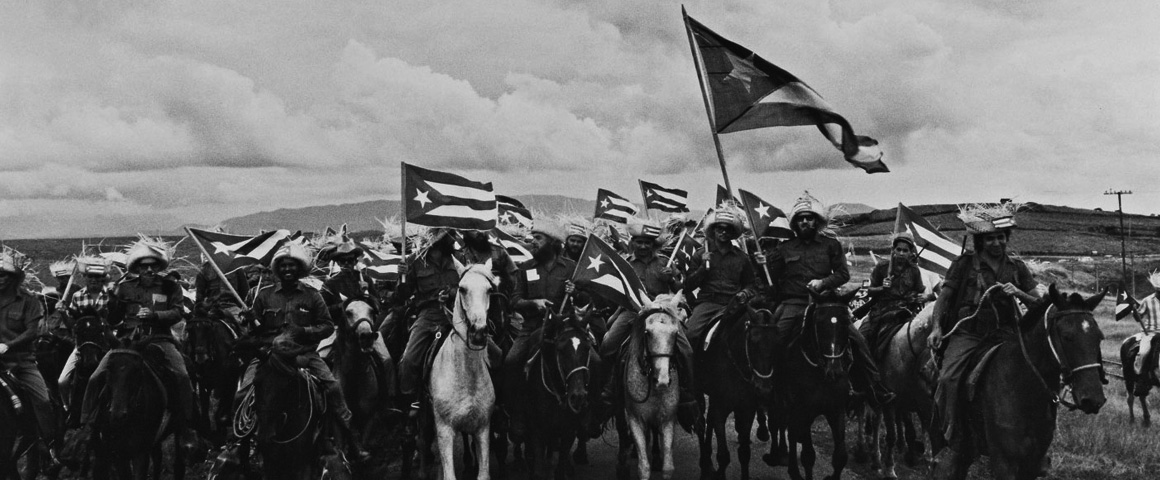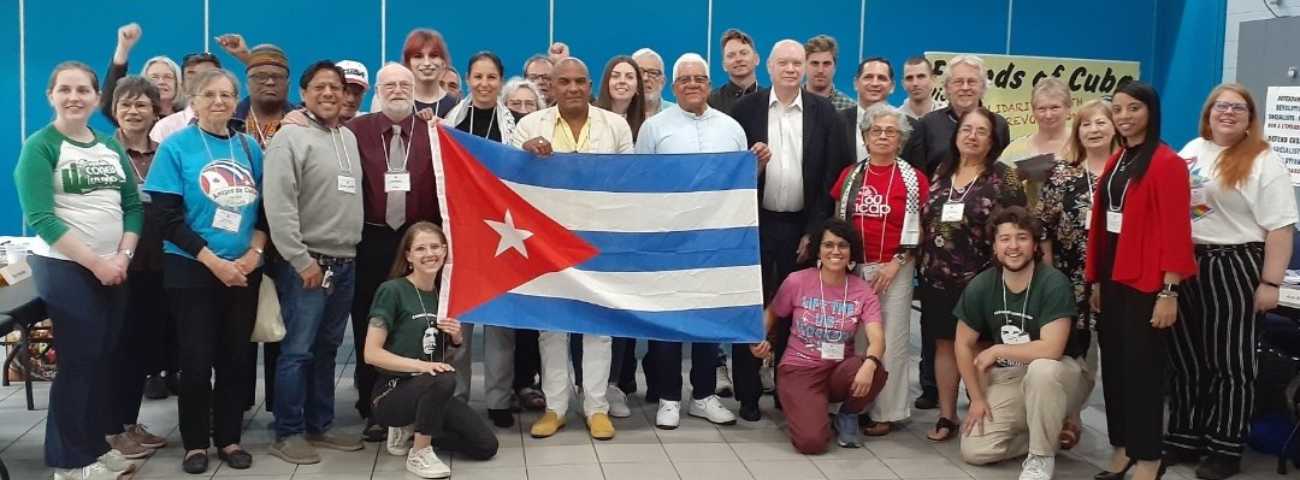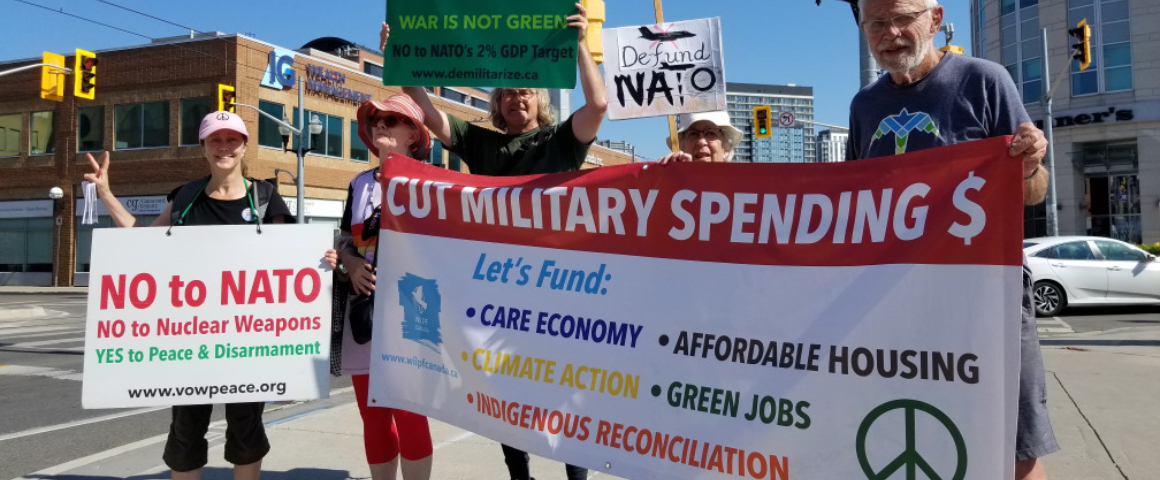This is the first anniversary of the Cuban Revolution when Fidel Castro is not with us physically. After he passed away last November 25 at the age of 90, dignitaries and world leaders remembered him for his many achievements for Cubans and for humanity. Around the world, including in Canada from coast to coast, millions have celebrated his life. Many still mourn him.
As we celebrate the 58th anniversary of the Cuban Revolution on January 1, we recall different aspects surrounding the historical events leading up to that day in 1959. Historians have described those events widely. We ask a different question: what was it like for Fidel and the rebel army during those crucial days approaching victory?
Fortunately, we can let Fidel tell the story in his own words, thanks to the interviews that French journalist and author Ignacio Ramonet collected in the book “Cien Horas con Fidel”, published in 2006.
In December of 1958, the minds of the rebel army of fighters against the regime of Fulgencio Batista were not tuned into the Christmas season. There is not a single reference to it by Fidel. On the contrary, they were literally fighting to stay alive while pursued by the “enemy”, as Fidel rightly calls the Batista army.
It was in preparation of that final push for victory that Fidel, the military tactician, recounts his strategy: “It was strategic [to assign] Raul’s [Castro] column to the Second Front, [Juan] Almeida’s to the Santiago Front, Che’s [Ernesto Guevara] to Las Villas, and Camilo’s [Cienfuegos] initially to Pinar del Rio. […] I remained almost without leaders at the front of Column 1.”
Fidel had words of recognition for many of his fellow combatants, including Celia Sánchez Manduley and Haydée Santamaría, who in a particular battle “were with me”, Fidel says. In those days approaching the final battle, Fidel knew on whom he could count. His brother Raúl, Fidel notes, “had the ability of developing columns and appoint leaders.”
He tells us who some of those leaders were. “The first commander we appointed was Che. There were two who were prominent: Che and Camilo.” “Camilo, less intellectual than Che but also very courageous, an outstanding leader, very audacious and very human. The two of them respected and loved each other.”
When asked specifically about Che, Fidel states: “He was examplary, he had the moral and the ascendance over his troops. I think he was a model of the revolutionary man.”
That December of 1958, Fidel remembers, “The rebel columns marched ahead in all directions in the whole country; nothing and no one could stop them. In a very short time, we had dominated and surrounded the best of Batista’s forces.”
A strategic battle was planned for December 30 against a strong Batista army force in Santiago de Cuba. Fidel: “we were planning to carry on an attack with about 1,200 men. They had 5,000. […] According to my calculations, that operation would have taken five days.”
Even with that level of self-confidence about a certain victory, just days before January 1, Fidel, the diplomat and negotiator, attempted to give an honourable way out to the Batista forces through negotiations requested by an army general in Santiago who was anticipating the final loss. In a meeting with the general, Fidel had only three basic demands: there should be no coup attempt in Havana, Batista should not be helped to flee the country, and there should be no contact with the U.S. embassy.
None of the agreed conditions were met and Fidel calls it, “a coward treason!” on the part of the general. Then, he meets with about “three hundred officers of the troops defending Santiago de Cuba! … I explain to them about the treason, they support us, and they side with us.” Still, a trusting Fidel designates one of the officers as head of the army. In the meantime, he has given orders to the rebel troops “to march on and fight”, and he has called on all workers to a “revolutionary general strike.”
What follows is well known. Fidel: “On January 1st I convey to Camilo and Che the critical instruction: ‘Advance towards Havana … They do and occupy the two army fortresses of Columbia and La Cabaña in Havana.”
Fidel himself leaves Santiago with about one thousand soldiers on January 2: “It took me eight days to reach Havana because in each provincial capital I had to stop and participate in massive and exciting activities […] everybody was in a party mood.”
And so triumphs the Cuban Revolution that we remember 58 years later. To conclude with Fidel’s words: “Three thousand combatants won the war in less than two years. We cannot lose the notion of time.”




